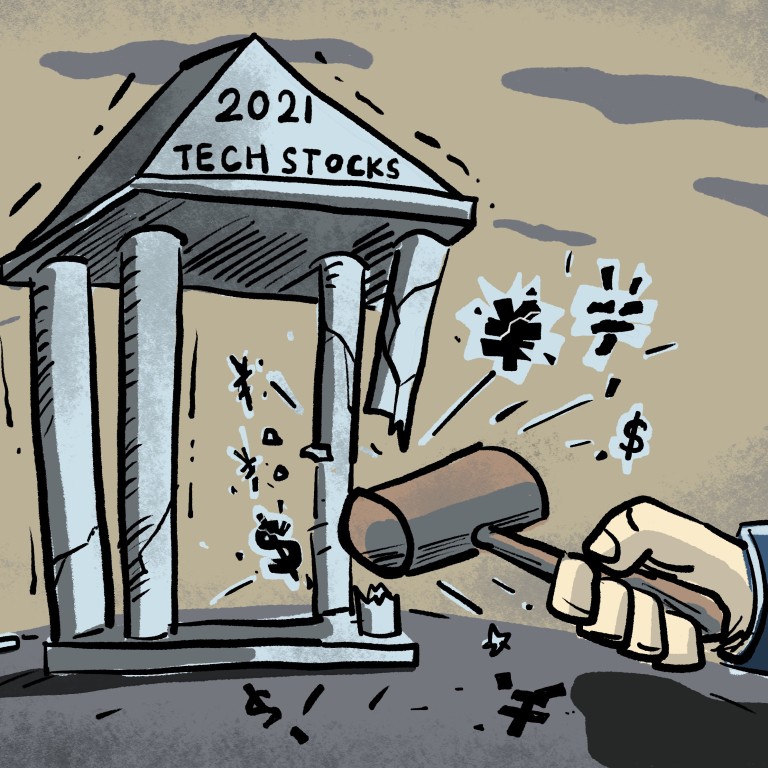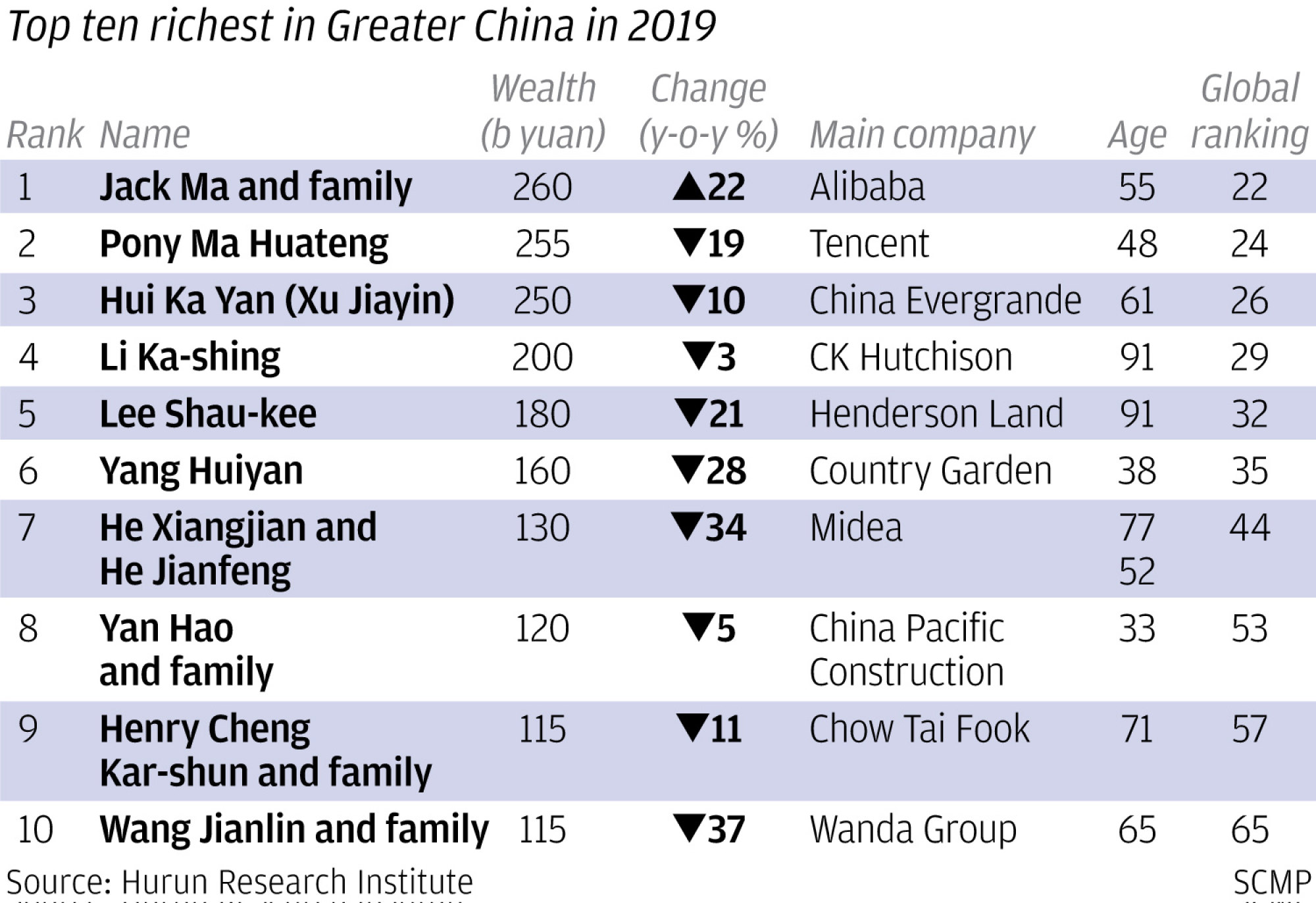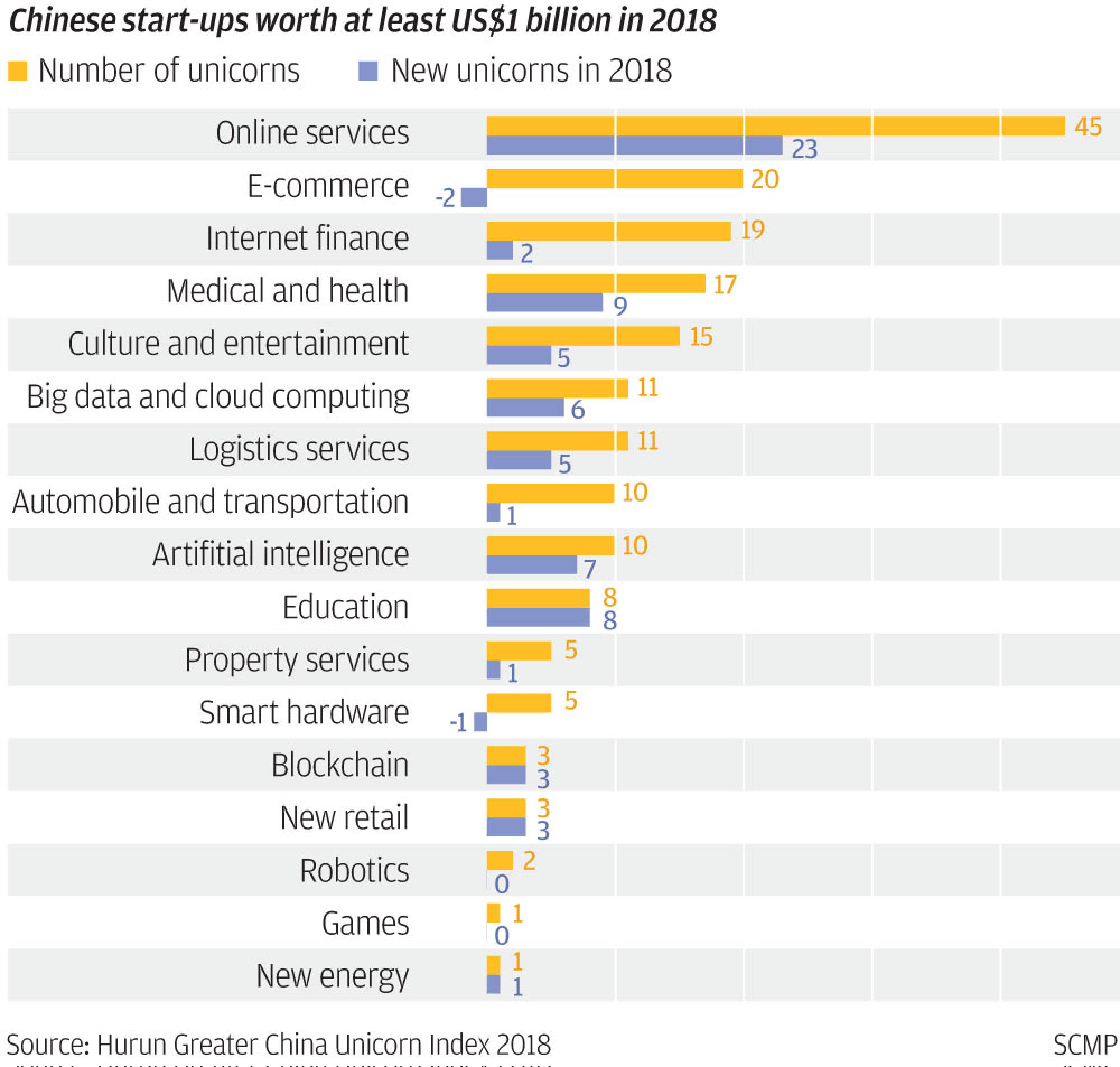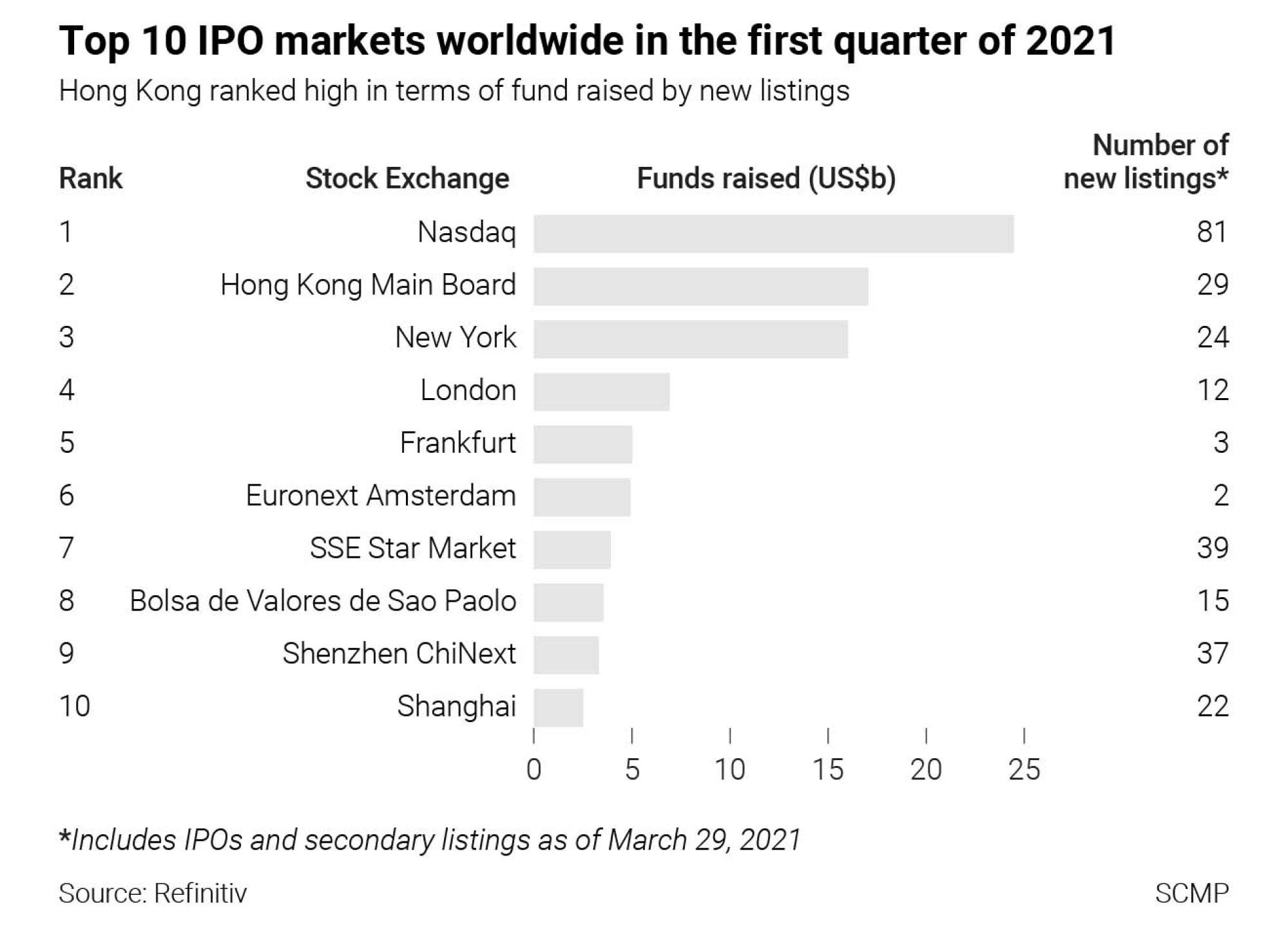
China tech crackdown: after a trillion-dollar rout, has the stock market drubbing gone too far?
- China’s internet companies have lost an estimated US$1 trillion in value in the past 14 months
- Most Chinese tech giants are now trading close to historic lows
“What China does in terms of tech regulations echoes similar concerns coming from other countries including the US,” said Wang Lei, a US-based portfolio manager at Thornburg Investment Management that manages US$49 billion of assets. “The way China deals with it is more straightforward and too abrupt for the capital market to digest in a short period of time.”

Has the crackdown gone too far?
The answer to that vexing question could determine how quickly global stock investors can recover from their losses under the force of China’s regulatory assaults.

“Investors have definitely underestimated China’s determination in curbing monopolistic behaviour within the digital economy, protecting data privacy and upholding social commitments,” said Tan Eng Teck, a portfolio manager in Singapore at Nikko Asset Management, which manages about US$282 billion of assets. It has been “a painful year for offshore investors.”
Alibaba’s US-listed shares are now valued at 14.7 times projected earnings, close to their cheapest level on record, according to Bloomberg data. The Hang Seng Tech Index, which tracks tech giants as Alibaba, Kuaishou Technology, Meituan, and Bilibili, is trading at 37.3 times earnings, about 10 per cent below its historical average.
“You can argue that valuation looks very cheap, and Alibaba is [less than] half” its stock price at its October 2020 peak, said Wang at Thornburg. “Looking forward, what is the growth profile? I don’t think it is the same growth rate. How low can it be? It is still undecided and the jury is still out.”.
How Beijing plans to lead the world with ‘Made in China 2025’
Alibaba’s shares have dropped 63 per cent in Hong Kong from its peak in October last year, while China’s biggest on-demand delivery service firm Meituan has slumped 50 per cent from its record high. Didi Global’s shares have sunk 60 per cent from their IPO price in late June.
Middle-class nation: how China is rising to the common prosperity challenge
“The new era of heightened scrutiny is here to stay, and we are likely to see more measures in 2022 to fulfil regulatory objectives,” Swiss money manager Union Bancaire Privee said in a report. “The prize of market dominance may be diminished as leaders can no longer expand aggressively or sideline competitors simply by using their scale and financial strength.”
These are seen as hindrances to a more harmonious society and a threat to China’s future economic growth. Heavy financial household burdens from education, housing and health care may foil Beijing’s new three-child policy to stem a decline in birth rate and expand the future labour force.
Can 'Made in China 2025' turn the country into a world leader in tech?
Going into 2022, the regulatory overhang still remains a great challenge for traders. The biggest question for fund managers now is whether share prices have priced in all the headwinds. Some have called the market cheap enough to start loading up on tech stocks that are not directly targeted by the regulators.


But first, investors must consider whether the clampdown on Chinese technology is over. They must also contend with a new reality that the fast-changing regulatory landscape in China has undermined the business models of Big Tech companies and probably stymied their earnings growth.
This renders the pre-crackdown stock valuations unjustifiable, according to Thornburg’s Wang.

The latest quarterly results from Alibaba, Baidu and Bilibili bolstered Wang’s scepticism to some extent. Their poorer-than-consensus reports highlighted the cost of regulatory curbs. Alibaba will probably post a 31 per cent decline next year, the worst since 2017, according to Bloomberg data.
China’s internet stocks may also have lost their leadership, after holding sway over the broader market since 2015, according to Nikko Asset’s Tan. China’s stock market leaders tend to change every five to eight years. Before tech’s dominance, there were telecoms, banking and commodities, consumer names.
“I am still bearish,” he said. “Sadly, despite the current valuation, we still haven’t reached this point.”
With additional reporting by Cheryl Heng.
With additional reporting by Cheryl Heng.





